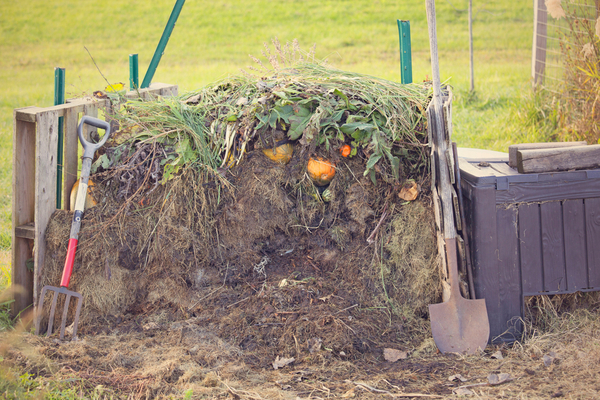Fall gardening chores tend to have a “bedtime” theme – before your plants begin their long winter’s nap, they need to be tended and tucked cozily into their beds. Fall gardening is also an exercise in delayed gratification – new plants will barely put down roots before going dormant, cleaned and amended beds won’t show their gratitude until spring, and bulbs disappear underground, making you wonder if they’ll ever reappear.
Home Maintenance and Repair guru Danny Lipford of Today’s Homeowner says you shouldn’t despair – instead, use this season to clean up, organize, and take stock of your lawn and garden. In November, most of the country experiences the first frost or freeze, and with it, the onset of winter dormancy, and you can even continue many of the gardening chores of September and October as long as your soil isn’t frozen.
Lipford’s tips for yard and garden cleanup, maintenance, and miscellaneous outdoor to-do’s this month:
- Clean up leaves before they suffocate your lawn and garden. Use them as mulch around plants, or in between planting rows in the vegetable garden, or add them to the compost bin. Up to 1” of leaves can be mown and mulched into your lawn.
- Remove fallen leaves that get caught in the foliage of shrubs and groundcovers.
- Take off any diseased or pest-infested foliage.
- “Tuck in” your perennial, vegetable, bulb, and strawberry beds with a layer of mulch. Heavily mulch plants that are susceptible to the cold.
- Add organic material under (or in place of) the mulch.
- Discourage munching critters like squirrels and rabbits by lightly piling evergreen boughs over plants and vegetables.
- Clean, sharpen, and oil garden tools.
- Drain and store garden hoses and protect outdoor faucets from freezing weather.
- Winterize your garden and lawn machinery according to manufacturer’s instructions.
- Fill up bird feeders for overwintering birds.
- Make a safe place to store some hardwood fireplace ashes for use in next year’s garden.
- If you have fish in your garden pond, continue feeding them until the water temperature drops below 50º F, then stop until the water warms above 50º in spring.
- Move hardy water plants to the deepest part of your pond.
- Stop all watering when the ground freezes.
- Watch the weather, and prolong your enjoyment of veggies and flowers by protecting them on frosty nights.
- Keep adding to your compost pile, even though it will slow down in cold weather.
—
Photo Credit: Lonny Garris / Shutterstock.com
